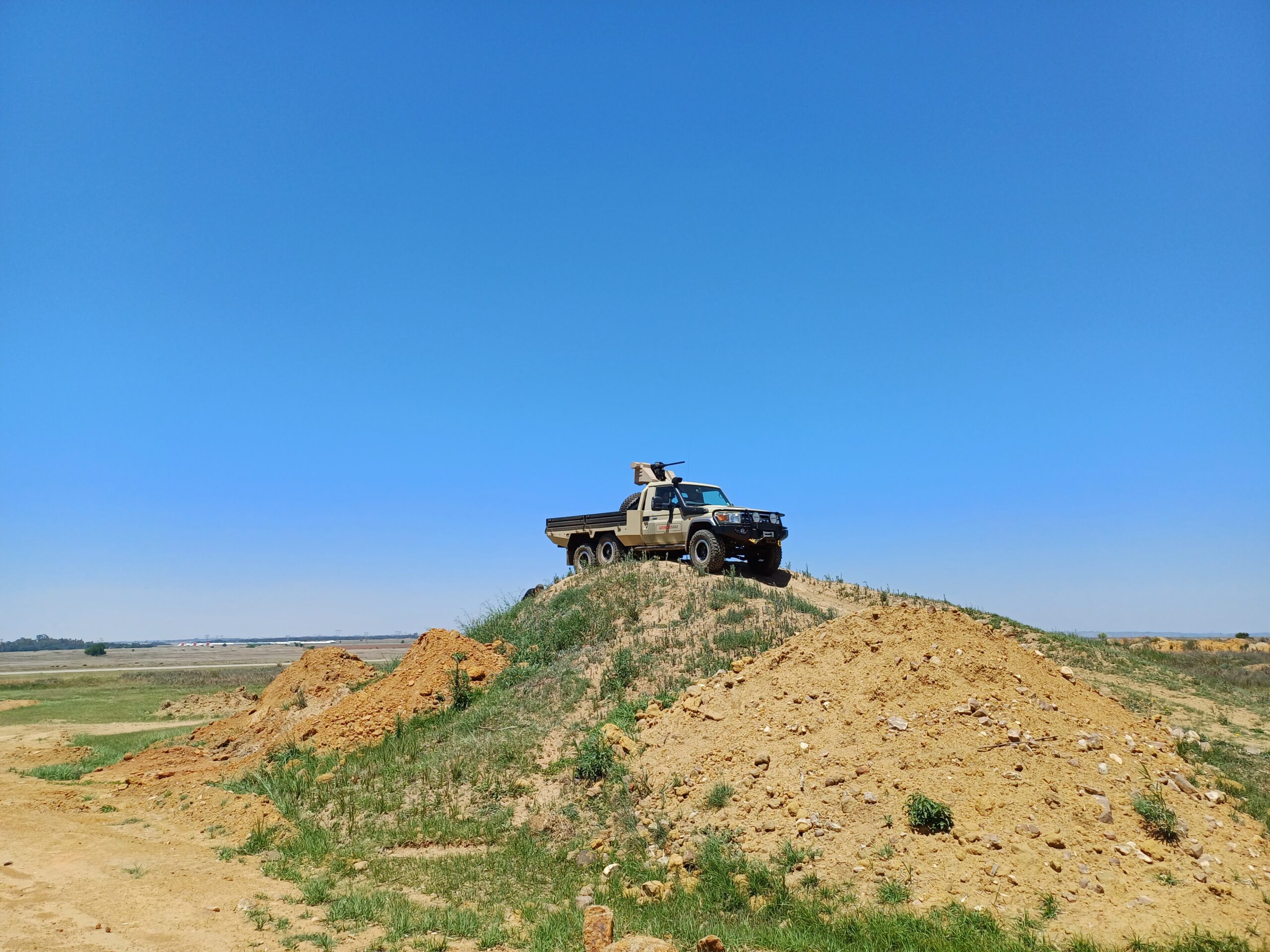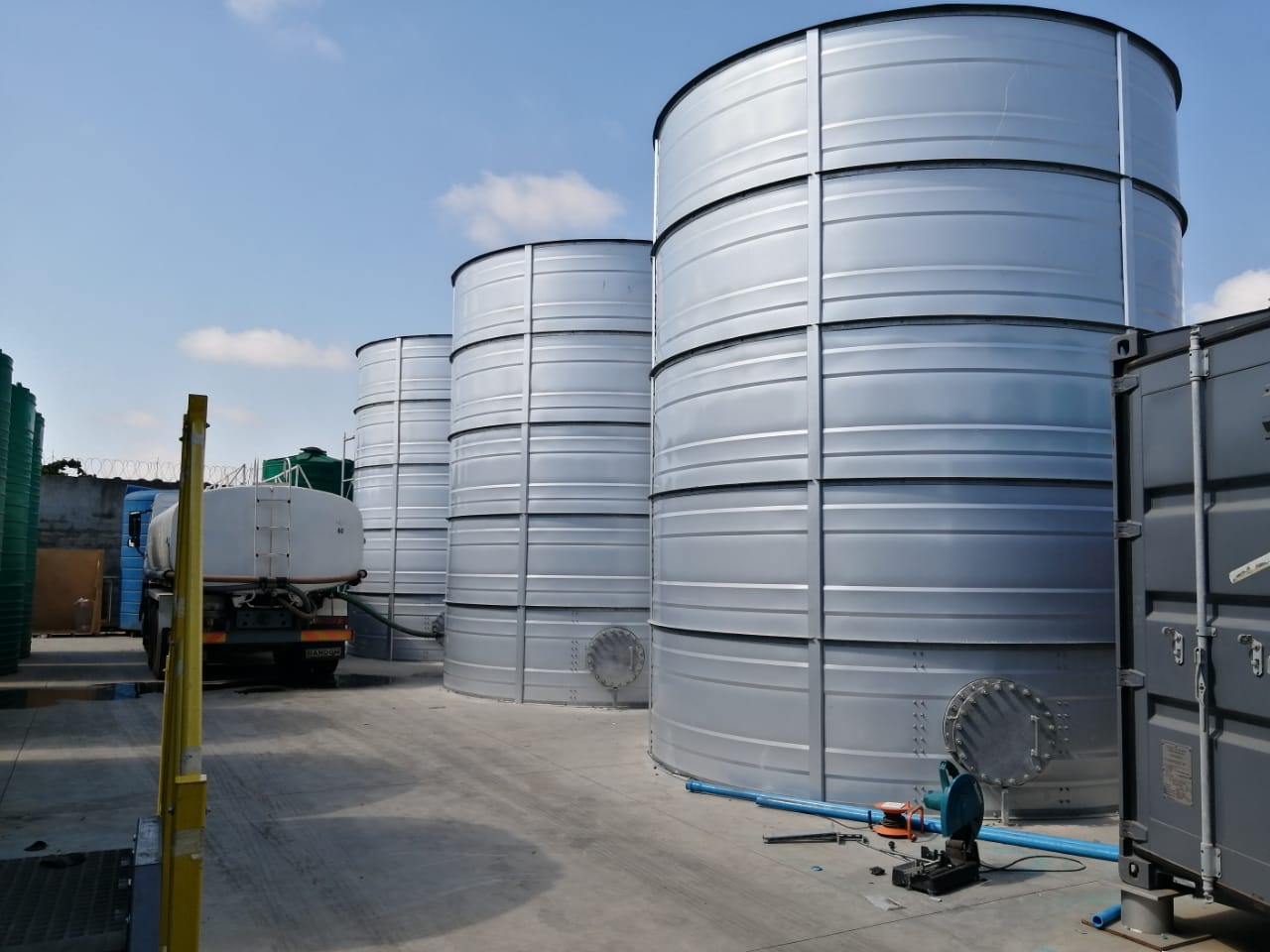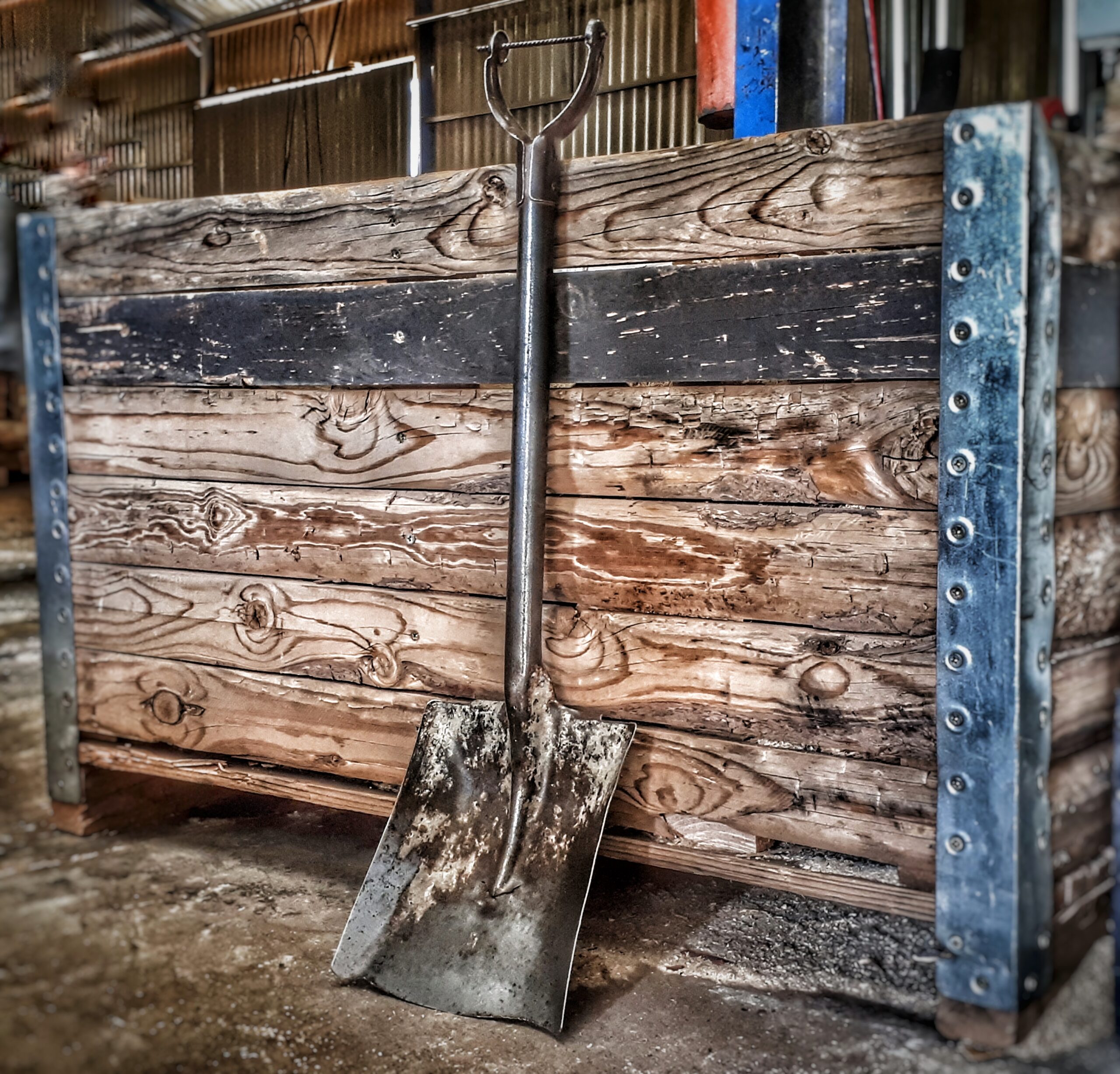Earth dams protect a farmer against potential devastating dry spells and this month we start a new series on this huge, but important construction. It is a huge initial expense to build an earth dam, but the long term benefits exceed the capital layout by far. With the uncertainty on changing seasons and climate change, it is very wise to invest in a long term water harvesting solution.
The purpose of farm dams is the harvesting and storage of water for future use for:
- Irrigation
- Stock watering
- Domestic use
- The development, beautification and maintenance of the homestead
There are, however, few storage dams that fulfil only one of the above functions.
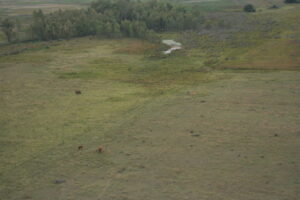
A storage dam fed by surface run-off.
Types of storage dams
Storage dams fed by surface run-off
The capacity of the dam basin is based on the quantity of water needed. This depends, among others, on the purpose of the dam, taking into account the probable run-off from the relevant catchment area.
These types of storage dams are usually built in natural waterways and the design of such a dam is mainly determined by the nature of the terrain.

A storage dam fed by a permanent stream.
The following designs are used:
- Earth walls with side spillways: The spillway is excavated level in its width, or used as a spillway in its natural state, or a weir is designed as spillway on rock.
- A weir on rock is designed as spillway on the bed of the waterway with connecting earth walls.
- Weirs built entirely of concrete or stone masonry.
- Earth walls with chute spillways of concrete or stone masonry.
- Earth walls with drop inlet spillways.
Water holes
Water holes are mainly excavated in the ground on plains with a slope of usually less than 4%. The measurements of the hole are based on the quantity of water needed, with provision of stable side slopes, access for stock and the collection of adequate run-off water. Sometimes the type of dam is also fed by soil water inflow.
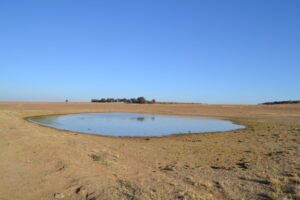
A water hole.
Dams mainly fed by fountains
A dam is built over the relevant waterway or a pit dam is excavated as the terrain dictates. It is essential that the spillway must be lower than the eye of the fountain that has to be protected and developed.
The blocking-off of fountains must be avoided. Fountains break through the surface on the spot of least resistance against flow. If a dam is built there so that the standing water of the dam covers the fountain with approximately three meters of water, it means that the fountain must deliver its water at a pressure of 30 kPa. This pressure may cause the fountain to rise elsewhere.
The capacity of the dam will depend on the delivery of the fountain and the purpose of the work. If no catchment area is present, the spillway is of minimal dimensions.
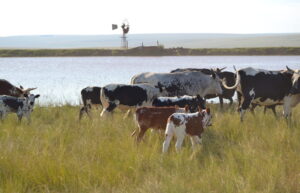
A drinking trough should be within easy reach of the livestock.
Storage dams fed by permanent streams, apportioned water and diverted floodwater
Seen in plan, these dams are usually in the form of a U. It consists of a wall on the contour with two sidewalls that are built upwards against the slope. Dams for the storage of night water (apportioned water that has to be stored during the night), water and fountain water are usually built directly upstream of fields. Since water is regularly fed and usually stored over a short term, the required storage capacity of these dams is relatively small.
A dam that collects diverted floodwater should be built on a suitable site, relative to the fields and outside the floodplain. As a rule, it should have a large storage capacity. This practice is applied in cases where the catchment area of a waterway, as well as the volume of floodwater is so large, that no storage dam can be built in the waterway that would be safe and economical.
The capacity of these types of dams is determined by the available strength of the stream and the purpose of the structure. The water is redirected with a suitable structure and led to the storage dam by means of a pipe or canal. A controlled inlet makes it possible to use a spillway of minimal measurements.
The dam basin and dam walls of these structures must be solid to prevent waterlogging and salination.
Storage dams for stock watering
Prerequisites
- The building site must be technically and economically suitable.
- A sufficient reserve of pure water, free of organic and harmful chemical ingredients, must be made available.
- The evaporation losses in regions with a rainfall of less than 600 mm per annum is so high, that dams with a water depth of 2 to 3 metres will lose the entire water reserve within 12 months. It is therefore imperative that the surface of stock watering dams must be as small as possible and the basin as deep as possible to minimise evaporation. It must also consist of dense soil, so that seepage is minimal. The storage capacity must be equal to the quantity of water needed by the stock for at least six months, plus provision for the natural losses by evaporation, seepage and to bridge possible drought periods.
- The position of the site must fit in with a healthy pasturage control system. Preference should always be given to the fencing off of the dam wall, the dam basin and the spillway as a whole. A separate concrete or masonry stock watering trough must be provided. The pipe diameter through the wall must not be smaller than 50 mm.
- The drinking trough must be within easy reach of the stock, where the least trampling can be caused. The surroundings of the drinking trough must be stony or gravelly and not marshy. Also ensure that it is the most economical means of water supply. Always consider whether a cheaper way of water supply is possible, such as boreholes or development of fountains.
- Each stock watering dam must be supplied with an outlet pipe so that the water can be let out fast when necessary. The inner diameter of this pipe must be at least 150 mm.
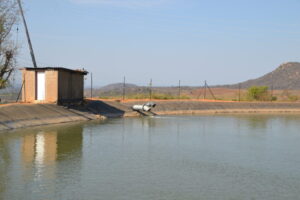
An irrigation dam.
Dams for irrigation purposes
Preconditions
- The building site must be technically and economically suitable.
- A sufficient quantity of suitable irrigation water, free of excess harmful salts, must be made available. The soluble alkaline salts in the water may not be more than 1 000 to 1 500 parts per million.
- The minimum capacity of a dam for storage of floodwater is equal to the total annual irrigation water needed, plus the natural losses by evaporation and seepage over this period.
- The total annual irrigation water required is determined by the size of the field, the type of crop cultivated and the irrigation requirements of the crop.
- For storage of apportioned water, the period that water is stored and the volume and duration of the available stream will determine the size of the dam.
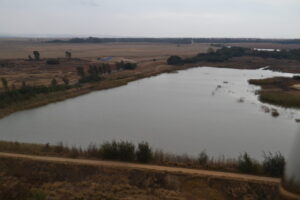
A well designed dam.
Storage capacity of different dam sites and different water depths
The building of a storage dam demands substantial expenditure. Factors such as the following can have a large influence on the cost of a dam for a given storage capacity: The nature of the dam site, the foundation formations, availability of suitable building material for building the dam wall, the type of dam wall to be built, the shape of the dam basin and the flood peak for which the flood spillway has to be designed.
The storage capacity of a dam increases rapidly in relation to its depth. A small increase of the spillway height can effectuate a large increase in the storage capacity and result in a cost reduction per cubic metre of water.
Regarding the choice of a dam site, it is of the utmost importance to investigate possible alternative sites and to compare the results to determine the most serviceable and economical building site.

L = The width of the gully at full supply level in metres.
Approximated calculations for the dam basin content can be made as follows:
L = The width of the gully at full supply level in metres.
The furthest distance between the dam wall and the full supply level in the gully in metres (basin length).
K can be calculated from D and S: K = 100 D/S
Determine with the aid of a quick measurement, what the shape of the basin is. Use Figure 1 for the different shapes with the appropriate formula to determine the volume.
The approximated volume of earthwork in the proposed wall can be calculated as follows:
Take 2/3 of the maximum water depth, add the estimated total freeboard and thus obtain the approximated average wall height, H in meter.
or
A more accurate method for calculating the estimated volume of earthwork for the proposed wall consists of a rough profile survey of the wall and determining the average wall height (H).
This means the cross section surface at average wall height × the total length of the wall.
From the above calculations, the relation of volume of earthwork to the storage capacity of the dam basin can be determined, which is a good measure to judge the benefits of different dam sites.
The cost per cubic metre water stored of dams built in the U shape on a level slope is more economical if the length of the lower wall, which is built on the contour, is longer in relation to the length of the two sidewalls, which are built perpendicular against the slope.
Published with the acknowledgement to the ARC Agricultural Engineering for the use of their manuals. Visit www.arc.agric.za for more information.



